Contrary to belief, the national dish of Turkey is not Kebab, Lahmacun or Menemen. Instead, many locals will name Kuru Fasulye, a fiery stew of white beans that have been slow-cooked in a rich tomato, pepper and chilli broth.
Although you’ll often find Kuru Fasulye prepared as a bean and beef stew, the naturally vegan version is just as traditional and served across many esnaf lokantaları (workers’ restaurants). It’s incredibly easy to prepare, but takes some time to cook, since you’re working with dried legumes. The reward are perfectly stewed beans coated in a thick, spicy sauce. The ultimate comfort food.
Pressure Cooker for Kuru Fasulye
Using a pressure cooker is a great way to cook legumes from scratch in a matter of minutes. They will be much more tender compared to being cooked in an ordinary pan and take a fraction of the time and energy, sometimes speeding up the process by 90%. Since pressure cookers vary slightly from manufacturer to manufacturer, please refer to the manual for how to use the one you own. Personally, I recommend the Fissler Vitavit Premium 3.5l (or larger).
For the Kuru Fasulye, it takes about 10 minutes to come to a boil and reach the full pressure and a further 10 minutes until the beans are perfectly cooked. So after just 20 minutes your beans are ready and you can release the pressure. If you do use a pressure cooker for this recipe, you can deduct 1 hour and 5 minutes of the total cooking time. See the Recipe Card below for more details.
Tip: To save even more energy, you can also cook the beans for only 5 minutes and let the cooker cool off entirely before opening it, thereby allowing it to slowly release the pressure by itself. This usually takes around 30 minutes.
How to Make Kuru Fasulye (Step-by-Step)
Add the beans and 1 tbsp of the salt to a mixing bowl, cover them generously with water and soak overnight.
The next day, heat the olive oil in a casserole. In the meantime, peel and roughly chop the onions, then sauté them in the oil until they begin to turn golden. Stir in the tomato paste, pepper paste and black pepper and continue frying until the pastes have dissolved into the oil.
Carefully pour in the water to stop the frying, then drain the beans, rinse them and add to the casserole as well. Trim the chillis and green pepper, cut the green pepper into chunks and add both to the casserole. Bring it to a boil, then cover it with a lid and simmer for 90 minutes, stirring now and then, until the beans are tender. If necessary, top up the water throughout, but you want to have a rich stock by the end that’s not too diluted.
Once tender, season them with the remaining 1 tbsp of salt and continue cooking for another 15 minutes to let the beans absorb the salt.
Divide over plates and serve alongside freshly steamed rice and Turkish pickles.
As an Amazon Associate I receive a small commission from affiliate links on this page.
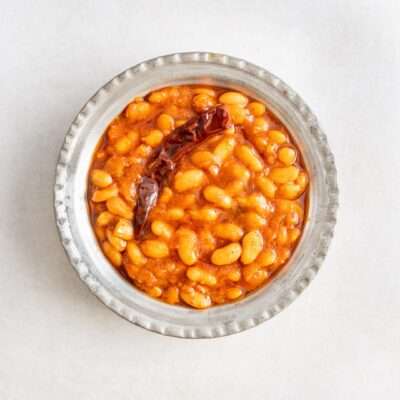
Kuru Fasulye (White Bean Stew)
Equipment
- Pressure Cooker (I recommend Fissler Vitavit Premium 3.5l or larger), optional
Ingredients
- 320 g dried white beans (haricot)
- 1 ¾ tbsp salt (24g)
- 100 ml extra virgin olive oil (90g, 9 tbsp)
- 2 onions
- 1 heaped tbsp tomato paste (50g)
- 1 heaped tbsp Biber şalçası (red pepper paste, 50g)
- 1/2 tsp freshly ground black pepper
- 1.3 l water
- 5 dried red chillies (or chilli powder to taste)
- 1 Turkish green pepper (or 1 small green bell pepper)
- Freshly steamed rice & Turkish pickles to serve
Instructions
- Add the beans and 1 tbsp (14g) of the salt to a mixing bowl, cover them generously with water and soak overnight.
- The next day, heat the olive oil in a casserole (to use a pressure cooker, see Notes below). In the meantime, peel and roughly chop the onions, then sauté them in the oil until they begin to turn golden. Stir in the tomato paste, pepper paste and black pepper and continue frying until the pastes have dissolved into the oil.
- Carefully pour in the water to stop the frying, then drain the beans, rinse them and add to the casserole as well. Trim the chillis and green pepper, cut the green pepper into chunks and add both to the casserole. Bring it to a boil, then cover it with a lid and simmer for 75 minutes, stirring every now and then, until the beans are tender. If necessary, top up the water throughout, but you want to have a rich stock by the end that’s not too diluted.
- Once tender, season them with the remaining ¾ tbsp (10g) of salt and continue cooking for another 10 minutes to let the beans absorb the salt.
- Divide over plates and serve alongside freshly steamed rice and Turkish pickles.

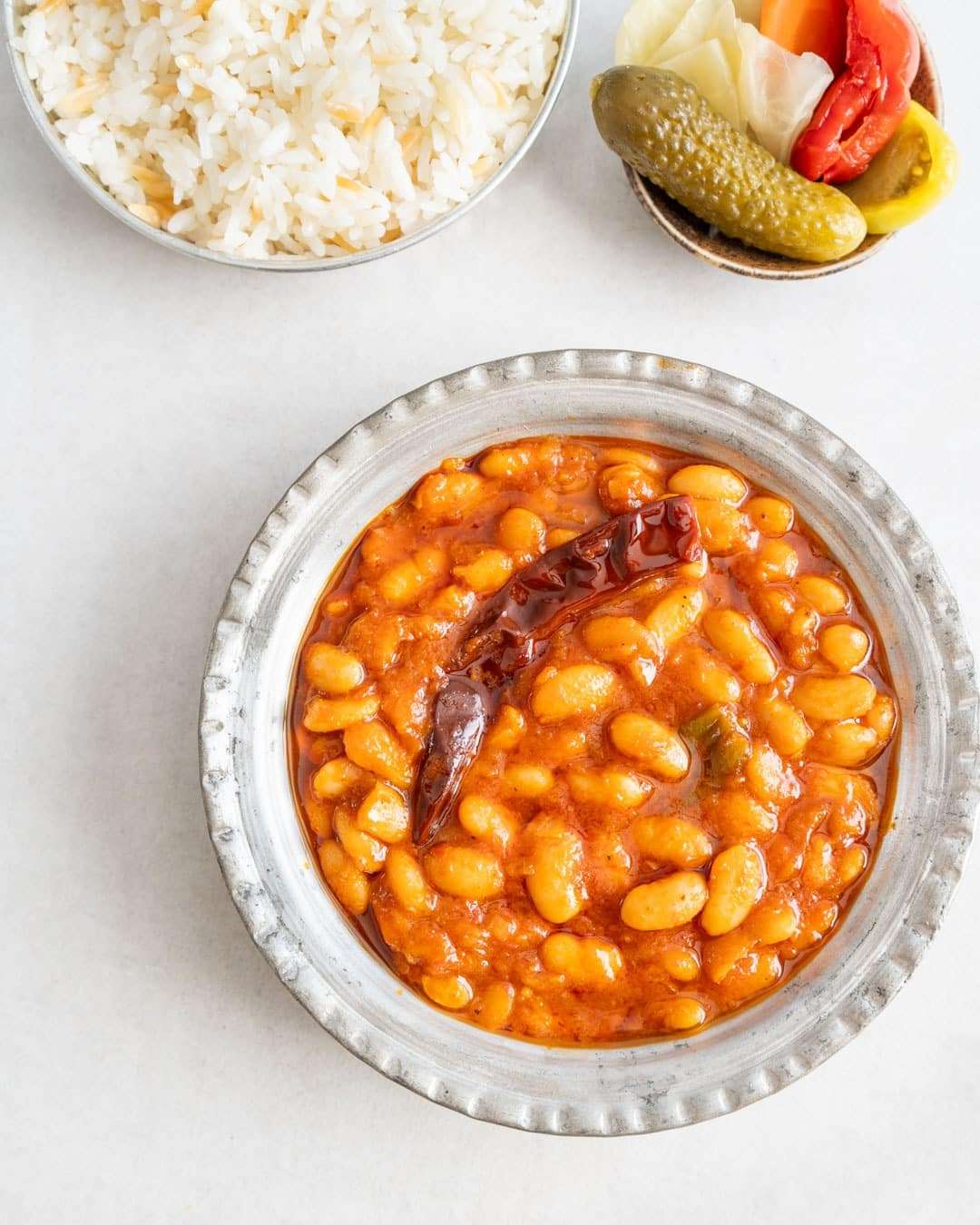



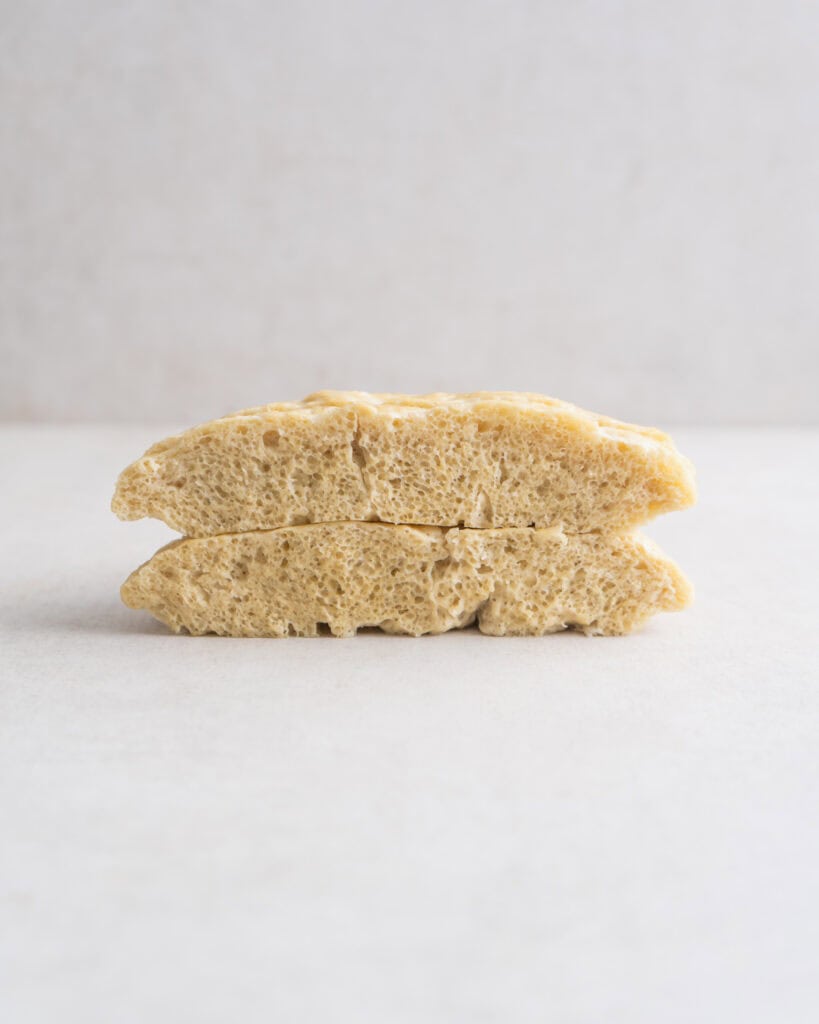
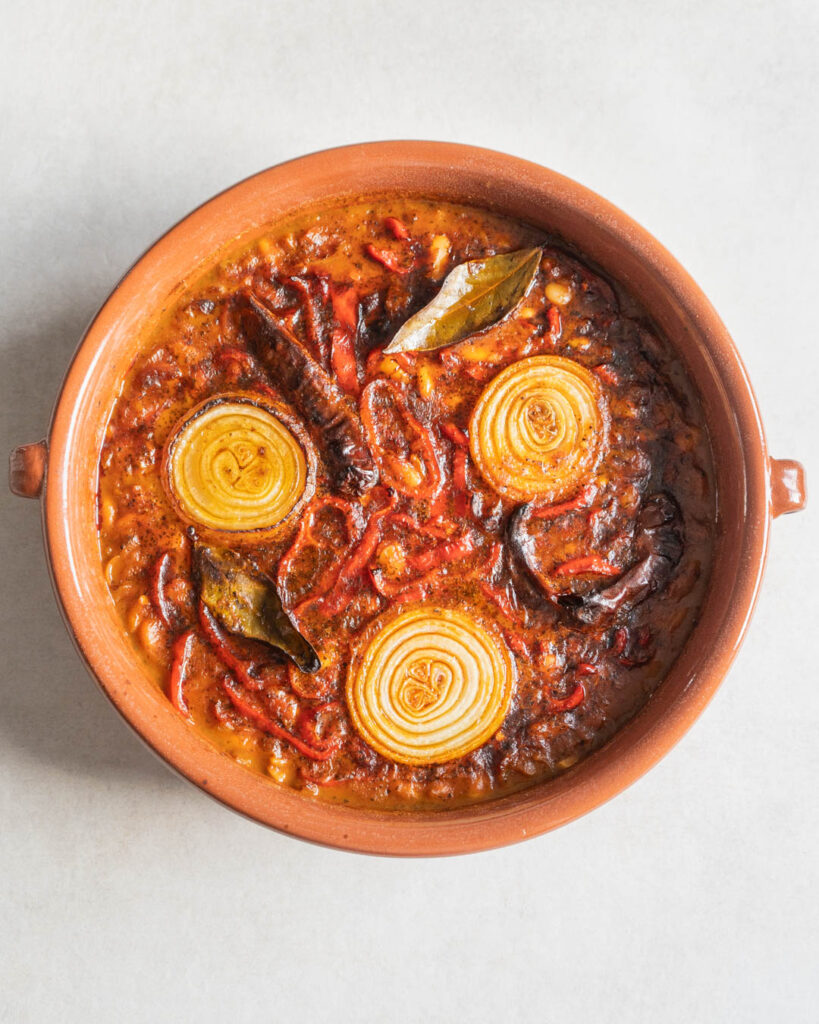
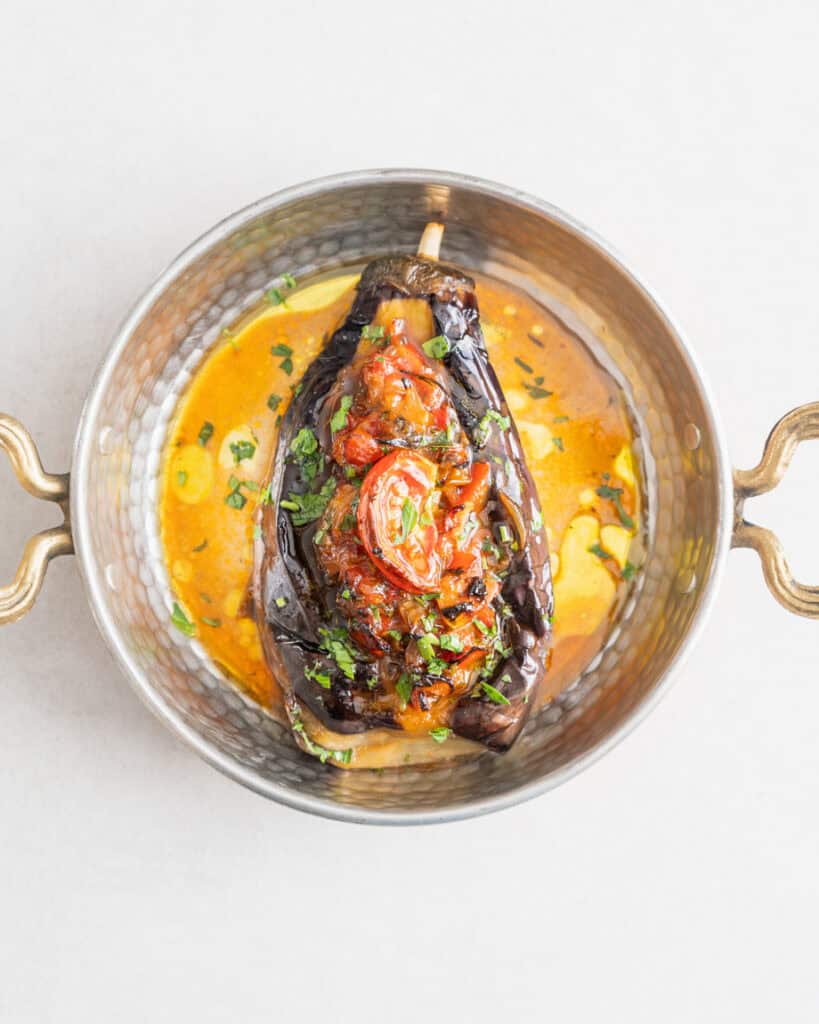
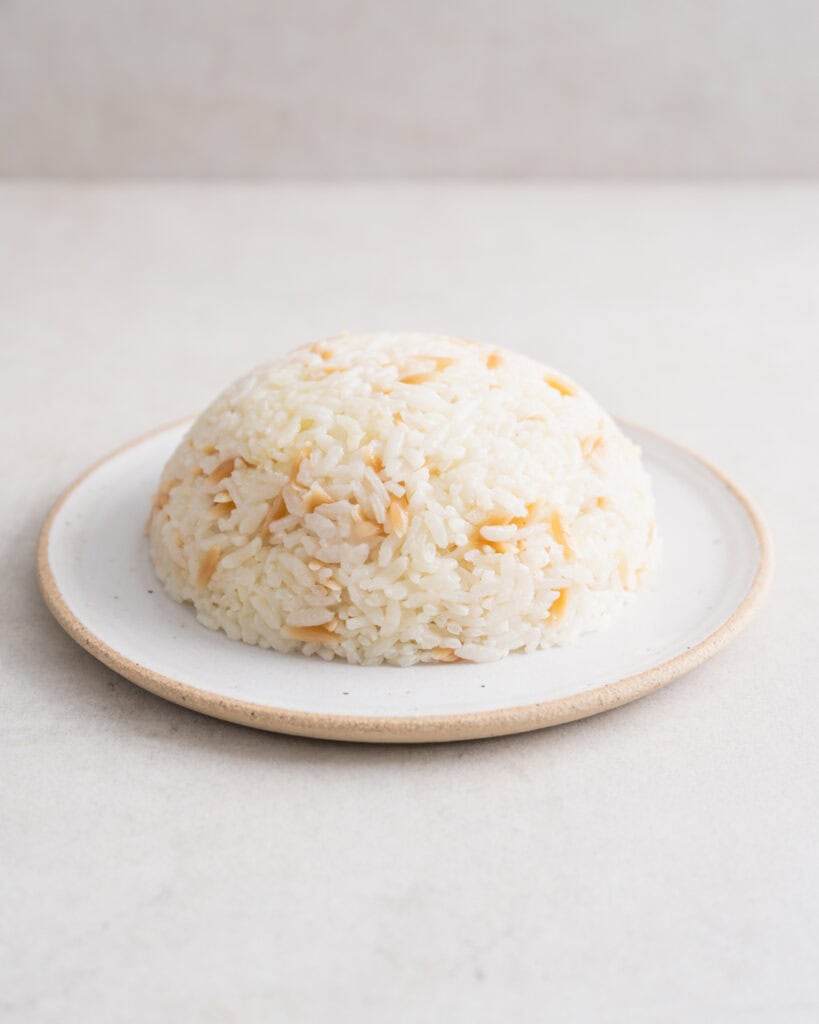
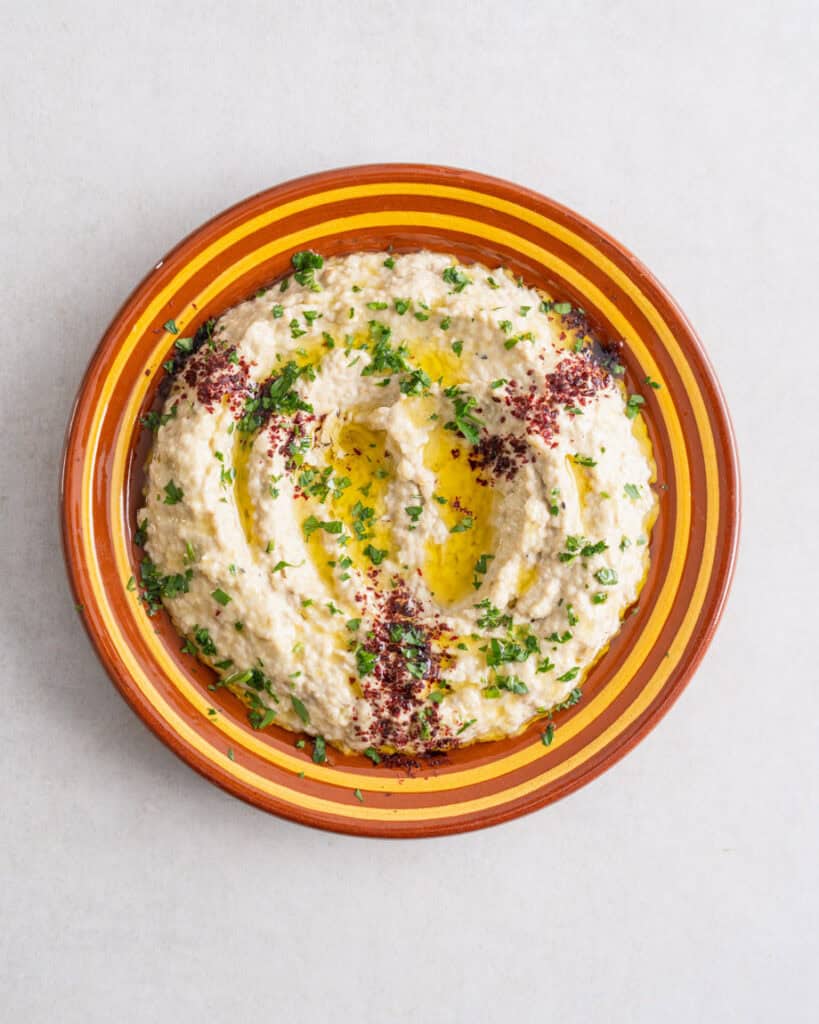


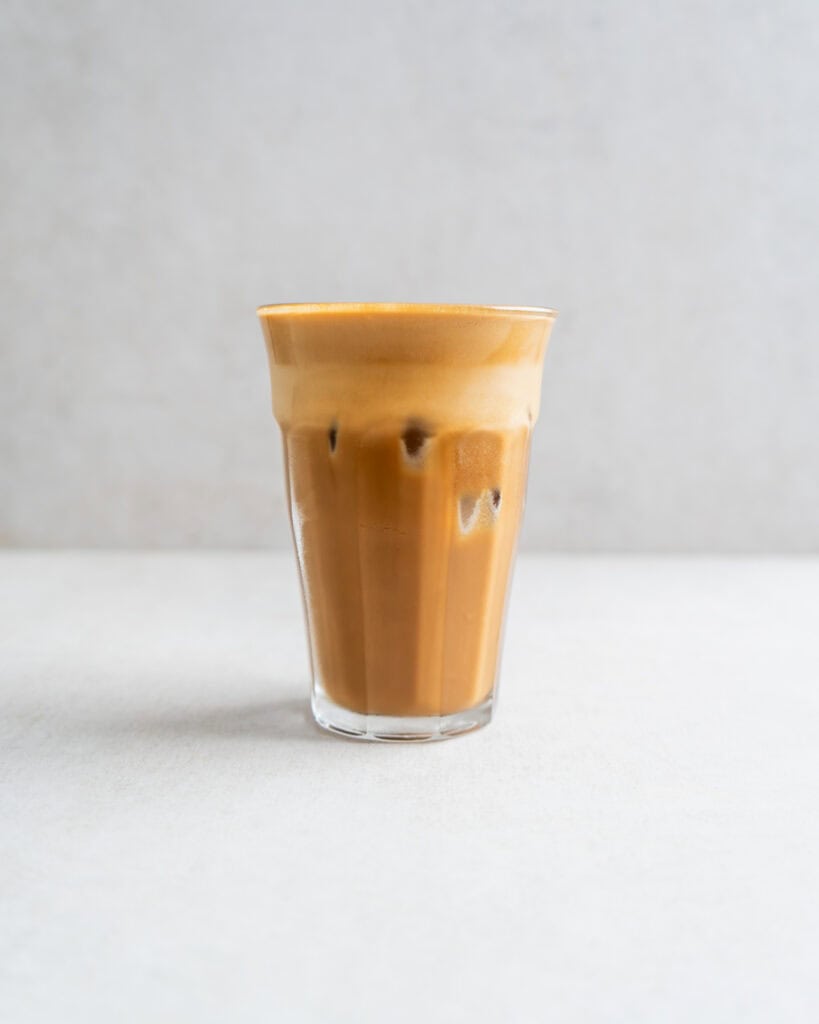

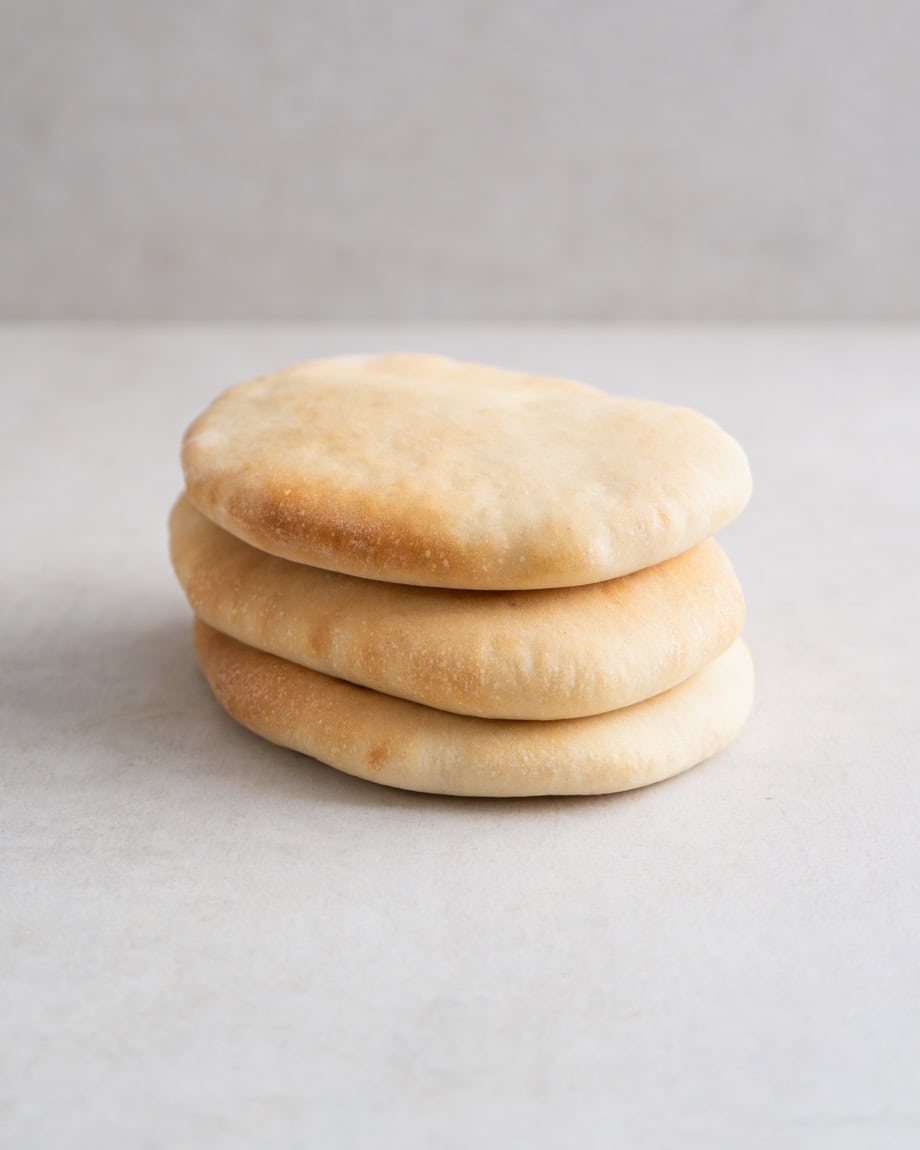

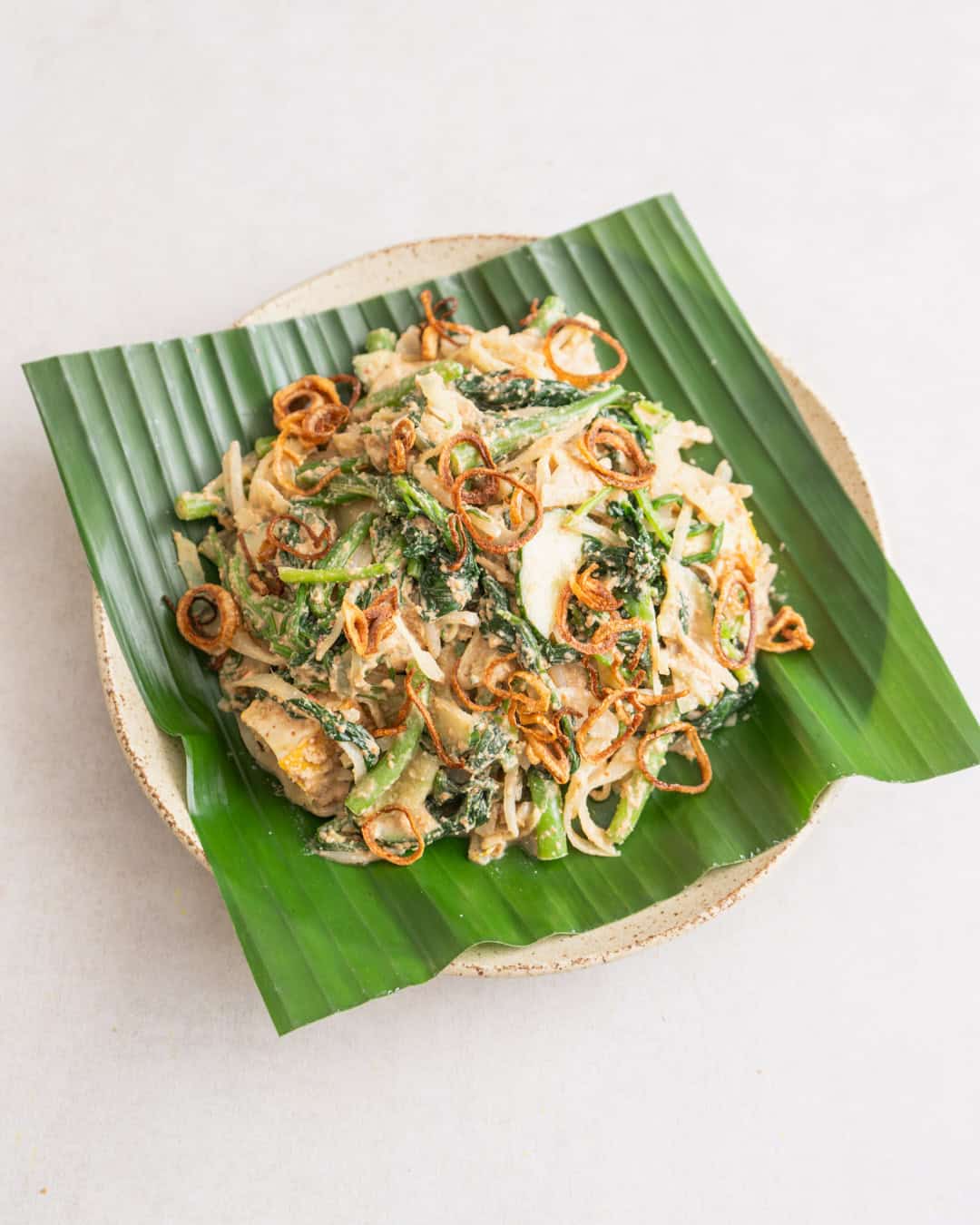
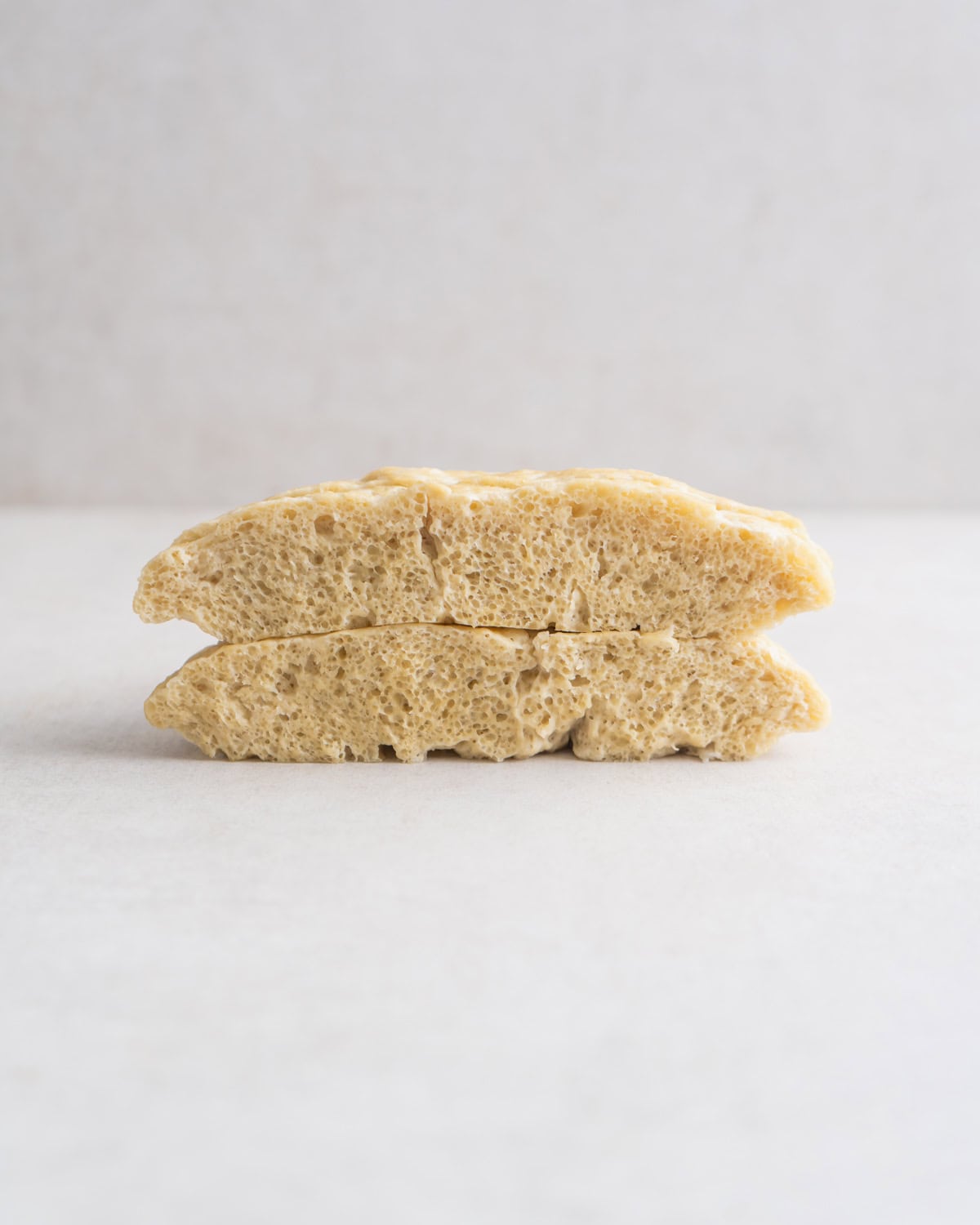
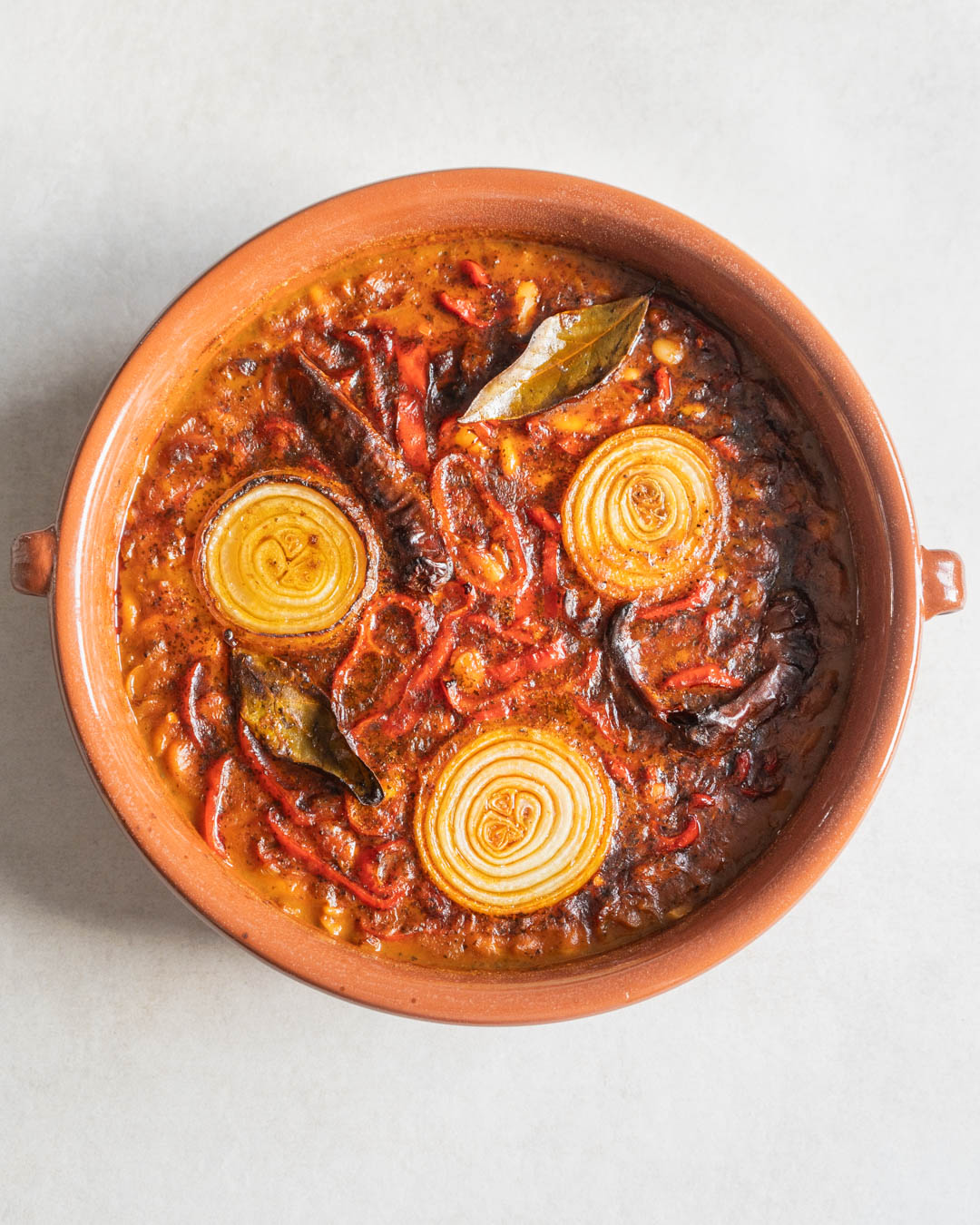
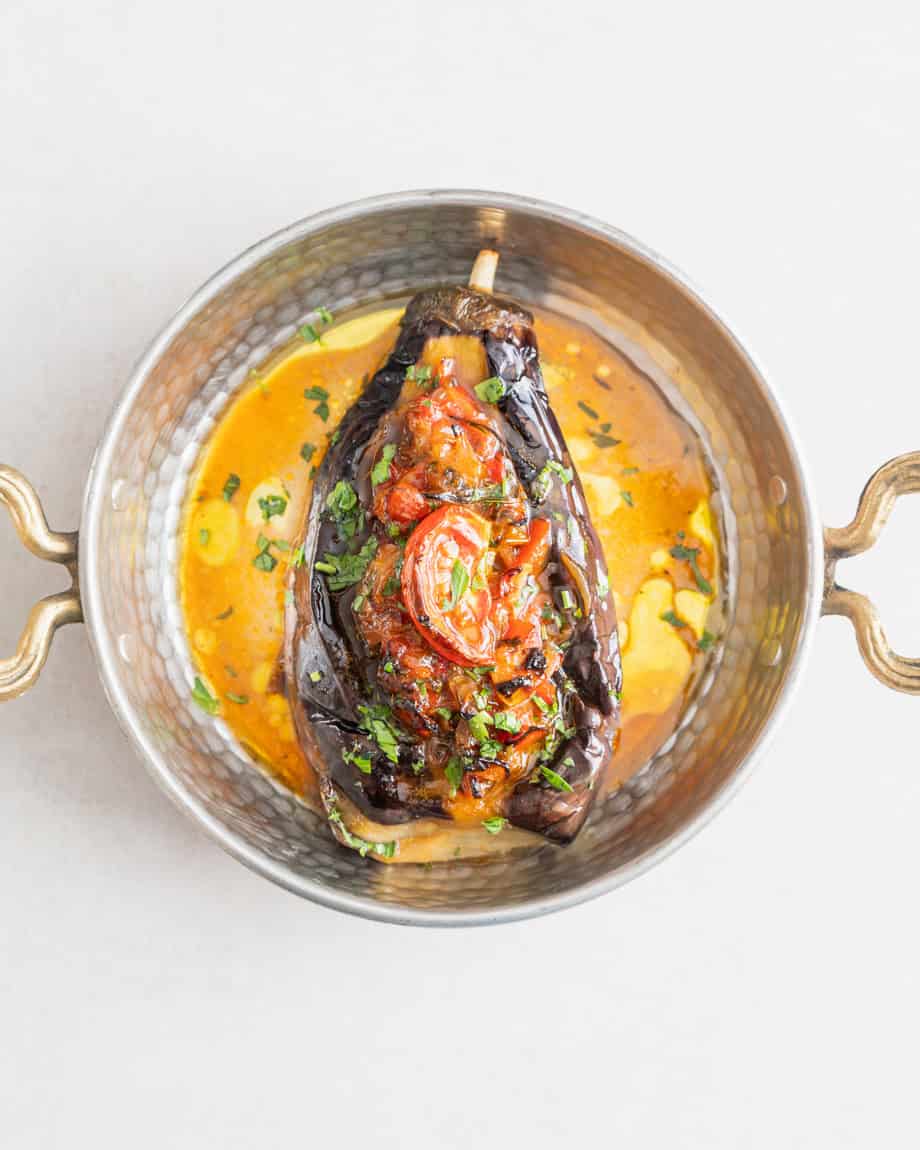
Hi! Love your content- just wondering if you have any suggestions if I cannot have oil?
You could actually use leave it out. Just dry fry the onion for a little bit, then add the pastes and water together. Let me know if that worked.
Hi!
If I want to use a shortcut with tinned white beans how much liquid should I use?
Thanks!
I haven’t tested it with tinned beans, but once you add them, just about cover them with water, season well and then cook for another 10-15 mins.
Thank you for this! I’m wondering how we might adapt with the pressure/slow cooker we have – which means we can cook dried beans and slow cook, but maybe should do the frying step separate? Appreciate your thoughts!
For stove top pressure cookers, you can still fry the onions and pastes as instructed, cover with 1cm of water and then cook for around 8 minutes under pressure. For electric ones, I’d indeed fry everything separately, then combine in the cooker 🙂
thanks for this recipe! not sure I understand how long this needs to be cooked under pressure. would love your input.
It always depends on the device, but with the pressure cooker I linked it only takes 10 minutes under full pressure.